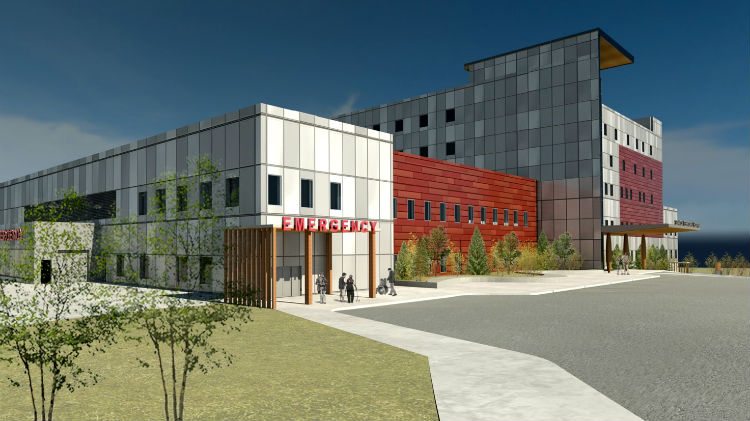The health department released its annual report that showed marginal improvements in healthcare outcomes for a number of groups.
But alcohol and substance use remains a problem in the territory.
The percentage of Northwest Territory residents who smoke increased to more than 35 per cent, with just less than a third of people being heavy drinkers, and nearly forty per cent of people being classed as obese according to territory health standards; all rates higher than the national average.
The rate of hospitalizations for harm caused by substance use has increased over the past 15 years from 14.7 to 20.1 discharges per 1,000. In NT, most of those hospitalizations are related to alcohol use.
The proportion of mental health hospitalizations caused by alcohol or substance use was also at a ten-year high, representing just under half of all mental health related hospitalizations.
The rate of hospitalizations caused by substance use was over three times the national average, according to the latest figures.
Hospitalizations for alcohol and drugs remain high in the NWT – at four times the Western Canadian average, according to data from 2015-16 to 2019-20.
Dealing with alcohol and substance use has been a longstanding problem for the territory.
The GNWT received funding from Indigenous Services Canada to hire a Senior Advisor for Problematic Substance Use who will develop initiatives to tackle alcohol and substance abuse, including the implementation of a NWT Alcohol Strategy.
The territory also spent more than $2.5 million sending 220 people to rehabilitation facilities for substance use in the south of Canada.
Health minister Julie Green ruled out in October implementing a rehabilitation and substance use treatment facility in the north, saying it is more cost-effective to send patients south than treat them in the Northwest Territories.
“We feel that it’s better value for money to have the facility-based treatment in the south,” Green said on October 15.
The health department spent more than half a billion dollars in 2019-20, an increase of more than $59 million compared to the previous year — mostly due to operational costs for the Stanton Hospital, which opened in 2019.
The report gathered data up until March 31, so the impact of COVID-19 on the health care system was not covered by this report.
“Positive trends”
The report concluded there were a number of positive trends from this year’s data. Less people are dying due to treatable and preventable causes compared to previous years.
This continues a trend from the past 30 years, with avoidable mortality dropping from an average of 33 deaths per 10,000 in the 1980s to 20 deaths per 10,000 in the last ten years.
But the rate of avoidable death is higher in the NWT than in Canada – at 18.2 versus 12.8 per 10,000, according to data collected between 2015 and 2017.
There has been an increase in screening for colorectal cancer. Improving community awareness and understanding of the cancer care system was a big part of the GNWT’s efforts to tackle cancer, who partnered with the University of Alberta to produce educational videos about dealing with cancer.
The report also noted there was a decrease in the rate of children in the permanent care system, which shows an increasing ability for communities to care for their children. Rates of children in permanent care has been declining over the past decade, from nearly one in five kids in permanent care in 2007-08 to slightly more than 10 per cent in 2019-20.
“When children can remain in the care of family, extended family and within their own community, it strengthens their identity and allows them to remain connected to their community and culture,” read the report.
Access to ambulances and emergency services has also improved, with the rate of “ambulatory care sensitive conditions” dropping from 10.2 per 1,000 people 15 years ago, to 6.7 in 2019-20.




